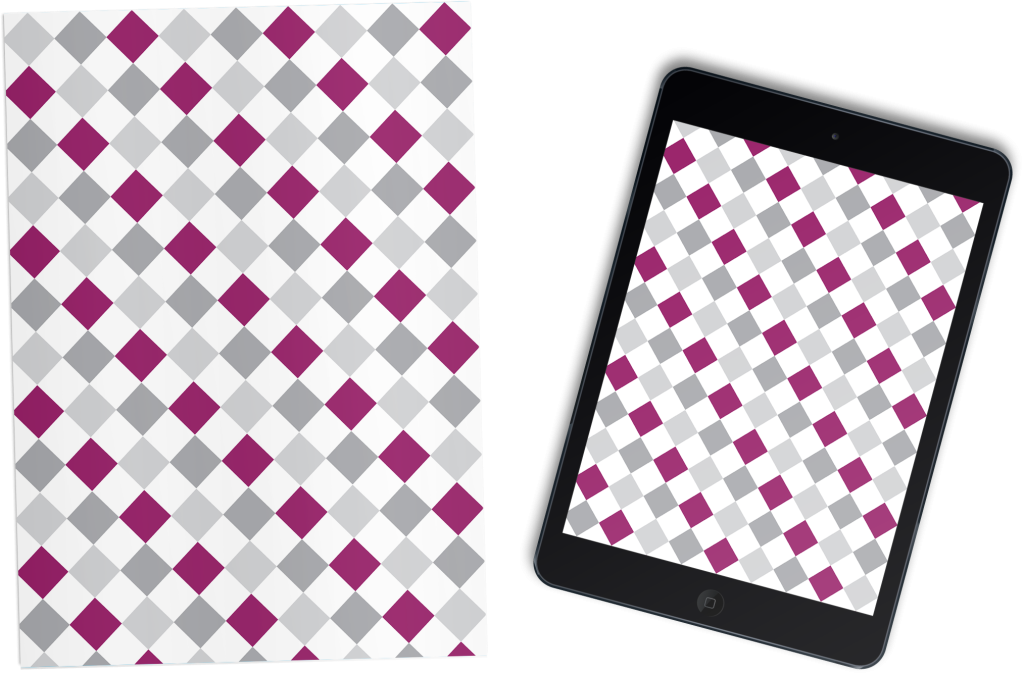The quality of your documents—whether printed or digital—speaks volumes about your brand. A well-designed document can make a powerful impression on clients, stakeholders, and partners. But achieving that perfect balance between visual appeal, functionality, and compliance can be challenging. This blog post explores the key considerations every business owner should keep in mind when crafting documents that uphold uncompromising quality across both print and digital formats.
1. Balancing Image Quality with File Size
One of the first hurdles in creating high-quality business documents is finding the right balance between image quality and file size. High-resolution images can significantly enhance the visual appeal of your documents, but they can also lead to large file sizes, making digital distribution cumbersome and slow. Conversely, overly compressed images may degrade in quality, reflecting poorly on your brand.
The solution lies in using the appropriate image formats and compression techniques. For instance, JPEG is often preferred for photographs due to its balance of quality and file size, while PNG is ideal for logos and graphics where clarity is crucial. Additionally, image optimisation tools can help reduce file size without sacrificing too much quality, ensuring your documents are both visually impressive and easy to distribute digitally. For example, using images that are 150dpi is a nice balance that will look okay printed but be small for web/email.
2. Optimising for Print and Digital Consistency
Ensuring your documents maintain their quality across both print and digital mediums is essential. This means the colours, fonts, and layouts should be consistent whether viewed on a screen or printed on paper. However, achieving this consistency requires careful attention to detail.
For print, it’s crucial to use CMYK colour settings and consider factors like bleed areas and paper types. In contrast, digital documents benefit from RGB colour settings and scalable fonts that adapt well to different screen sizes. By understanding the nuances of each medium, you can create documents that are visually appealing and professional in any format.

3. Incorporating Clickable Hyperlinks and Interactive Elements
In the digital age, business documents are often expected to be interactive. Incorporating clickable hyperlinks, embedded videos, or interactive forms can enhance the user experience and make your documents more functional. However, these elements don’t translate directly to print formats.
To address this, consider using QR codes in print documents to link to online resources or providing clearly defined URLs for additional content. This ensures that even in print, your documents remain a gateway to a richer, more interactive experience, keeping your audience engaged regardless of the format they prefer.
4. Adhering to Branding Guidelines Across Formats
Your brand is one of your most valuable assets, and your documents should reflect it consistently, whether they are viewed on a screen or printed. This means adhering to your company’s branding guidelines in every document, ensuring that logos, colours, fonts, and overall design language are uniform.
Inconsistent branding can confuse clients and weaken your brand’s impact. By maintaining strict adherence to branding guidelines, you reinforce your brand identity across all mediums, making every document a seamless extension of your company’s professional image.
5. Ensuring Accessibility and Readability
Accessibility is not just a legal requirement in many industries; it’s also a best practice that broadens your document’s reach. Ensuring your documents are accessible and easy to read is critical for both print and digital formats. This involves using legible font sizes, sufficient contrast between text and background, and clear, uncluttered layouts.
For digital documents, consider incorporating features like alternative text for images, screen reader compatibility, and adjustable text sizes. In print, ensure that the document is easily readable in various lighting conditions and that key information stands out clearly. By prioritising accessibility and readability, you make your documents more inclusive and user-friendly.
6. The Importance of Professional Document Design
While it’s possible to create business documents in-house, the value of professional design should not be underestimated. Professional designers bring a wealth of expertise to the table, ensuring that your documents not only look great but also function effectively.
Expertly designed business documents for print and digital can significantly enhance your company’s image, improve client perception, and even drive business success. Additionally, outsourcing document design can save you time and resources, allowing your team to focus on what they do best. Ultimately, professional design is an investment in your brand’s future.
7. Compliance with Industry Standards and Legal Requirements
In certain industries, ensuring that your documents comply with industry standards and legal requirements is non-negotiable. This might involve adhering to data protection laws, using specific formats for financial reporting, or following sector-specific guidelines for document presentation.
Failing to meet these standards can lead to legal issues, financial penalties, or damage to your reputation. By staying informed about the relevant regulations and incorporating them into your document design process, you can protect your business and build trust with your stakeholders.
8. Scalability and Future-Proofing Your Documents
Business needs evolve, and so should your documents. When designing business documents, it’s essential to consider their scalability and adaptability for future changes. This might include creating templates that can be easily updated with new branding, adding sections for future content, or designing layouts that can accommodate additional information without needing a complete redesign.
Future-proofing your documents ensures that they remain relevant and functional as your business grows and changes, saving you time and effort in the long run.
Conclusion
Crafting high-quality business documents for both print and digital use requires a thoughtful approach that balances aesthetics, functionality, and compliance. By considering these key factors, business owners can create documents that not only meet the needs of today but are also equipped to handle the demands of tomorrow. Investing in professional document design is a step toward maintaining uncompromising quality across all your business communications.
Ready to Elevate Your Business Documents for Print and Digital?
Don’t let subpar documents hold your business back. Partner with Make Better Documents for expertly crafted, professional designs that reflect your brand’s quality and commitment to excellence. Whether you need documents for print, digital, or both, we’ll ensure they look stunning and perform flawlessly.
Contact us today to discuss how we can help you create documents that leave a lasting impression on your clients and stakeholders. Let’s make your documents work as hard as you do!

